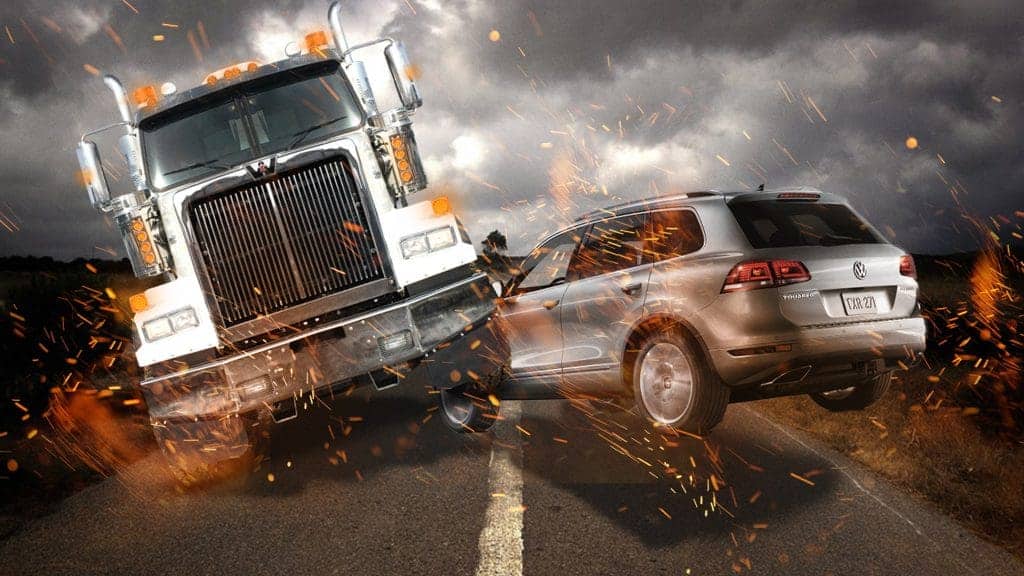The differences between very large trucks and small automobiles in terms of their accident risks on Texas highways are significant and must be considered to ensure road safety.

Here are the main contrasting factors:
Size and Weight: One of the primary distinctions between large trucks and small automobiles is their size and weight. Trucks, especially commercial tractor-trailers, can weigh up to 80,000 pounds or more, while small automobiles generally weigh around 3,000 to 4,000 pounds. The sheer mass of trucks poses a significant risk during collisions, as their impact can cause severe damage to smaller vehicles.
Stopping Distance: Due to their substantial weight, large trucks have a much longer stopping distance compared to smaller automobiles. The momentum created by their mass makes it challenging for trucks to brake quickly, especially at high speeds. This longer stopping distance increases the risk of rear-end collisions if the truck is unable to stop in time.
Blind Spots: Trucks have larger blind spots, also known as “no-zones,” compared to small automobiles. These blind spots exist on all sides of the truck, but the areas directly behind the truck and alongside the driver’s side are particularly vulnerable. Drivers of smaller vehicles should exercise caution when driving near trucks and be aware that the truck driver may not be able to see them.
Maneuverability: Small automobiles generally have better maneuverability than large trucks. Trucks have limited maneuverability due to their size and longer length, making it more challenging to change lanes, make sharp turns, or navigate through tight spaces. This reduced maneuverability increases the risk of accidents, especially in situations where quick evasive actions are necessary.
Driver Fatigue: Due to the nature of the trucking industry, truck drivers often face long hours on the road, leading to potential driver fatigue. Fatigue can impair a driver’s attention, reaction time, and decision-making abilities, increasing the risk of accidents. Regulations, such as the hours-of-service rules, are in place to mitigate this risk, but it remains a concern.
Specialized Skills: Operating a large truck requires specialized skills and training. Commercial truck drivers must possess a commercial driver’s license (CDL) and undergo specific training to safely handle their vehicles. In contrast, drivers of small automobiles require a standard driver’s license. The specialized skills and training necessary for truck drivers highlight the importance of professional competency to minimize accidents.
To ensure road safety, it is crucial for all drivers, regardless of the type of vehicle they operate, to remain vigilant, follow traffic laws, and exercise caution when sharing the road with different types of vehicles. Recognizing the unique risks associated with large trucks and small automobiles can help promote safer driving practices and reduce the likelihood of accidents on Texas highways. If you’ve been in a trucking accident, we recommend you reach out to a Brownsville trucking accident for a free consultation.

